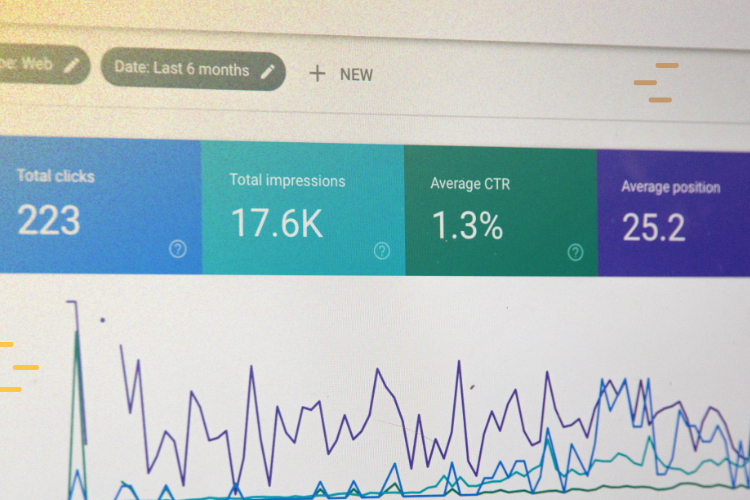Business analytics (BA) is the practice of iterative, methodical exploration of an organization’s data, with an emphasis on statistical analysis. Business analytics is used by companies committed to data-driven decision-making. In simpler words, it is all the skills, technologies, applications, and methods that allow you to measure the performance of your business to make data-driven or informed decisions in all your business areas like HR, vendor management, marketing, sales …etc.
Table of Contents
Specific types of business analytics include:
- Descriptive analytics, which tracks key performance indicators to understand the present state of a business;
- Predictive analytics, which analyzes trend data to assess the likelihood of future outcomes; and
- Prescriptive analytics, which uses past performance to generate recommendations about how to handle similar situations in the future.
Where can translation companies find useful data?
Everywhere, from translation memories to project data, which entails not only the basic project data but also data about marketing & sales, bookkeeping, and human resources, from project managers to terminologists, from language leads to translators and proofreaders and even simple communication correspondences.
Related Post: Localizing Your Content on a Budget: Content Translation for Startups
Why Data is at the vendor managers’ forefront?
The role of a translation vendor manager is defined by three essential activities:
- Searching for linguistic resources based on set criteria;
- Selecting and vetting them;
- Periodically maintaining the translator vendor database.
Here are some examples of how to develop a data-driven approach to your vendor management.
Looking for linguistic resources: Before you start hiring new resources, take a look at the historical data and criteria of the various projects you have: more frequent/less frequent language pairs, domains, services requested, e.g. transcreation, post-editing, interpretation..etc.
Identify your company’s main clients and find if their requests are changing; for example, a new language combination means that you need to make sure that you have enough resources for this language pair(s); or a new text typology; or a change in the expected delivery times. The search should be proactive, so you’re ready to respond to any request that comes out of the blue.
Vetting and selection
Every six months you may need to get back in touch with the resources in your database. Check if they have added a new language pair, a new service, or a new domain to their offering. Also, verify the most used translators. Why are they requested so often? Is it force of habit or is it because of their skills/services? Should John Doe really be the most requested translator from Turkish into English for texts on cosmetics, even if he specialises in chemistry?
When vetting a new resource, don’t slow down your vetting process by asking for a free translation sample, consider this alternative: ask translators for references and — most importantly — for a portfolio with samples of their best work.
Vetting should also be conducted on a regular basis: every couple of months, go through the data report and identify the trends. Maybe a client has suddenly started to request translations from French into Greek and their projects are becoming more frequent. Do you have enough translators and proofreaders with this language pair in your database? Are they specialized enough for this specific client?
Database maintenance
But before you utilize data you need to make sure that it is up-to-date. Therefore, updating should also be a data-driven activity conducted every six months. The record of each linguistic resource should contain detailed information: Send an email (either personal or automated) to your resources asking them to check the information you have on them. They may want to add new samples of their work, new certifications, new services, and new fees. Check if there are linguistic resources who never reply and contact them directly. Finally, ask both clients and project managers to add a general or project-based rating of the translator’s work.
Read more:
